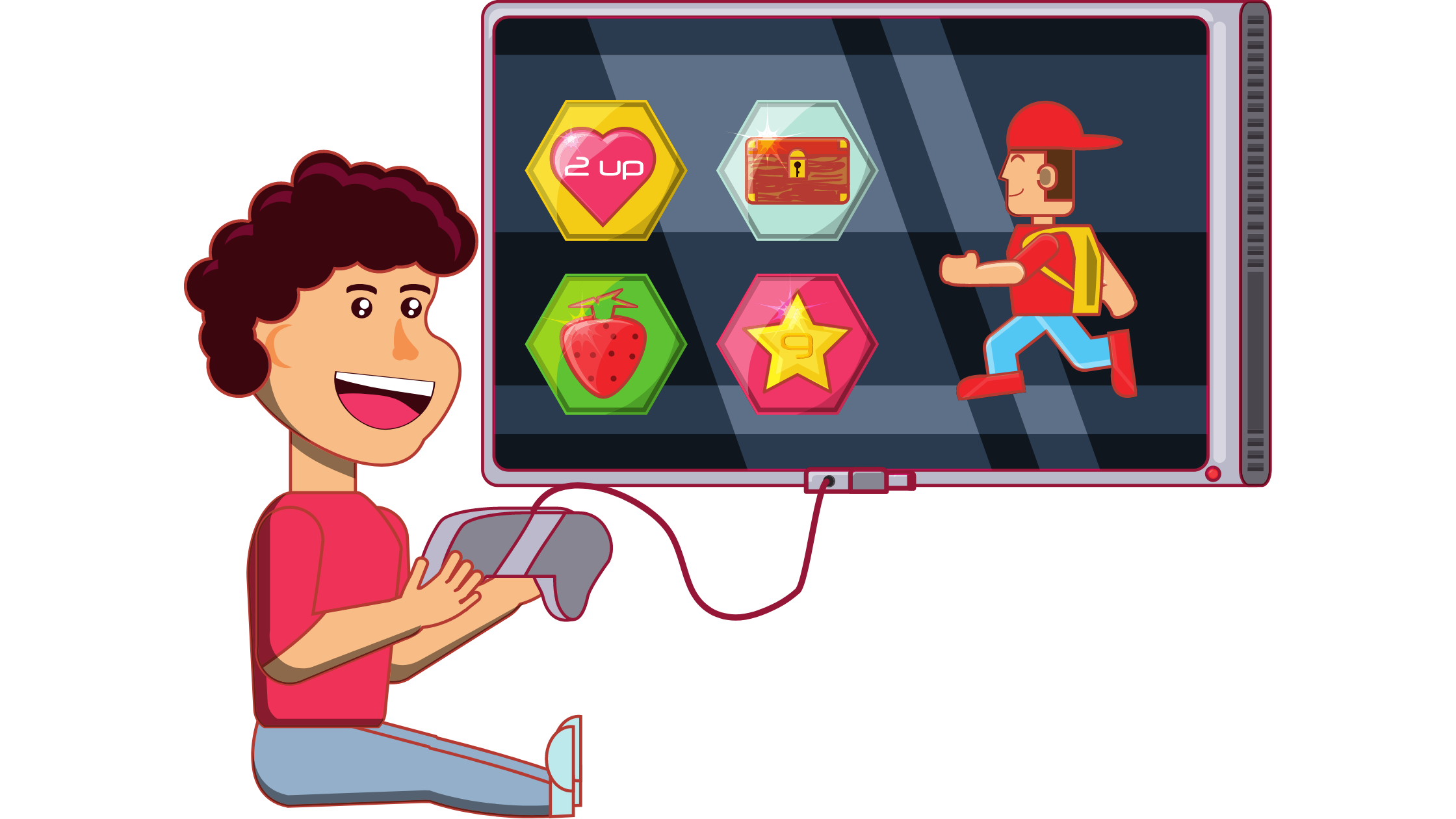Have you ever played a game on your phone or computer? Was that game tied to a brand you love? Games, apps, and interactive content keep your audience engaged with your brand. Gamification in digital marketing is a concept many brands are integrating into their marketing strategy to boost audience engagement and brand awareness.
Using gamification to enhance your marketing strategy will keep your users interacting with your brand and coming back for more. However, before talking about the advantages of gamification, we should know what it means.
WHAT IS GAMIFICATION?
Gamification is the process of incorporating a branded game into your marketing strategy. To gamify your brand, your game will need to have fun tasks, clear goals, a simple user interface that’s easy to learn and play, and tangible rewards. Additionally, rewards should encourage group participation and be highly shareable.
When you gamify your brand, you not only boost brand awareness. As a result, you also experience increased engagement. Additionally, gamification promotes customer loyalty and word-of-mouth marketing. Users who enjoy playing your branded game will be more likely to share the game via social media. Each time someone shares your game via social media, you’ll build more momentum and get more eyes on your brand.
ADVANTAGES OF GAMIFICATION
1. IMPROVE CONSUMER ENGAGEMENT
Marketers are always looking for more effective ways of engaging their audiences. As people are moving away from traditional advertising, and becoming increasingly numb to traditional advertisements, brands are seeing the need to provide value and build relationships with their customers.
Gamification provides a way for brands to build relationships with their target audience and influence their decision-making process. Gamification is unique in its ability to keep the brain engrossed and appeal to people’s love of rewards, leveling up, and competition.
2. MAINTAIN CONSUMER RELATIONSHIPS
Something often forgotten among marketers is that relationships need to be mutually beneficial between the brand and its customers. A really exciting opportunity afforded by gamification is the ability to reward consumers for their loyalty, engagement, and sharing of the brand’s message in a fun and captivating manner.
Building relationships with a target audience can be achieved using gamification techniques in several ways including loyalty programs, friendly competitions, personalized content, fun onboarding games, and leaderboards.
3. INCREASE BRAND AWARENESS
Brands are always looking for ways to reach their existing audience, new audiences, or reconnect with old audiences. Gamified experiences provide the opportunity for consumers to engage with a brand in a fun environment without feeling like the brand is saying “Pick me, Pick me!”
As games are not intended to directly lead to more sales, they provide brands with the opportunity to have a more playful personality. So, when people play the games that make them realize your brand, you can rest assured that once they enjoy it, they will pass on your brand to their family and friends. This is how you have your brand awareness through gamification techniques and using it as a marketing strategy.
HOW TO INCORPORATE GAMIFICATION INTO YOUR MARKETING STRATEGY
Building games into your website and acquisition strategy give you a serious advantage. Here are 3 ways in which you can use gamification in your marketing strategy –
1. TELL A STORY
The “Epic Story” you build around a visitor does not have to be fictional; it just has to highlight the start and end of the user journey. By turning your visitor into a character whose narrative arc ends with a complete purchase, you can take advantage of the cognitive and emotional effects created by gameplay.
One popular example of this kind of storytelling is the tracking app provided by Domino’s Pizza. The customer is able to track their pizza from the moment they order it, turning the delivery process into a kind of game.
2. CREATING A REWARD ECONOMY
Whether you realize it or not, your website delivers feedback whenever a visitor uses it. If you pay attention to the signals you are sending them, this feedback can be turned into a game. Engineering the feedback economy that your site creates does not have to involve points or leaderboards; sometimes it can be as simple as changing the color of a form field from gray to green.
For example, a visitor completes your sign-up form. They deserve some congratulations, so tell them: “Great job!”
3. INCORPORATE PLAY DYNAMICS
If you want to apply gamification to your site, certain activities lend themselves naturally to play, like collecting things. Collecting is a common feature of many games and is often used by supermarkets as part of their loyalty programs. Also, in building things; several websites offer “mass customization” features that allow visitors to contribute to the design of their purchase.
Solving puzzles and competing can also be included in this category. Highlighting scarcity within your website, through notifications or dynamic text, will trigger a competitive response. Website notifications are an easy way to incorporate and enhance game elements within your site.
IN CONCLUSION
One of the weaknesses of a marketing strategy built around hard gamification is that games are disposable. That’s why some of the most successful gamification campaigns have been associated with short-term promotions and consumable products.
Gamification in digital marketing is a fun and memorable way to engage your existing audience, attract new followers, and keep them interacting with your brand long-term. Ultimately, gamification is meant to help you raise brand awareness and drive more sales.





